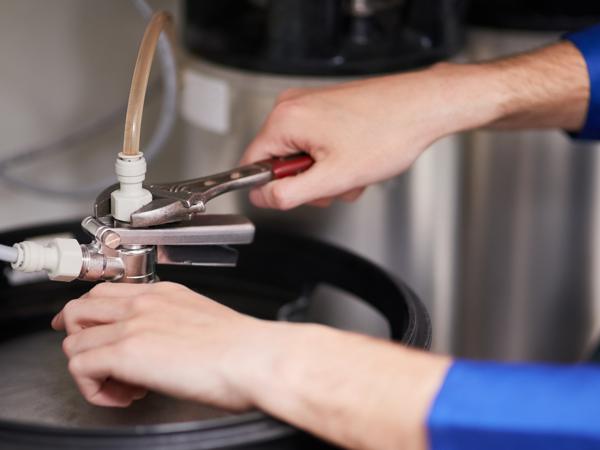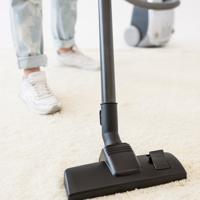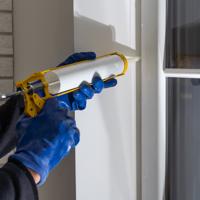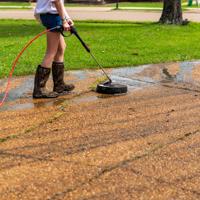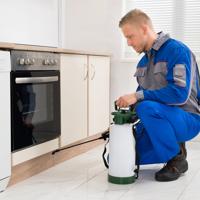Leaks can be an all too common yet unwelcome visitor in many homes, popping up when we least expect them. While they might appear small, these little drips and trickles can lead to significant water waste and hefty repair costs if left unattended. Let’s explore how to recognize, address, and prevent leaks in your home plumbing system.
Recognizing the Signs of a Leak
Identifying a leak early holds the key to minimizing damage. Here's what you might want to keep an eye out for:
- Water Stains and Damp Spots: Unexplained patches on your walls or ceilings can suggest a leak.
- Increased Water Bill: A sudden spike in your monthly bill could indicate wasted water.
- Musty Odors and Mold Growth: Damp environments are a breeding ground for mold and can accompany ongoing leaks.
- Sounds of Running Water: Hearing water when no faucets are open is often a tell-tale sign.
Common Sources of Leaks
While leaks can occur anywhere along your plumbing system, some spots are more prone to problems:
- Faucets: A dripping faucet is often due to a worn-out washer.
- Toilets: Running toilets can stem from a faulty flapper valve.
- Pipes: Corroded pipes, often in the kitchen or bathroom, can develop slow leaks.
- Water Heaters: Leaks at the base may indicate a need for maintenance or replacement.
Simple Fixes for Common Leaks
Tackling small repairs on your own can be quite empowering. Here are a few common issues and how you might handle them:
Dripping Faucets
- Turn Off the Water: Start by shutting off the water supply to the faucet.
- Remove Handle: Using a screwdriver, take off the handle and expose the valve stem.
- Replace Washer: Pull out the old washer and replace it with a new one. Make sure it matches the size of the old one.
- Reassemble and Test: Put everything back together and test to ensure the drip has stopped.
Running Toilet
- Check the Flapper: Lift the tank lid and check if the flapper is sealing properly. This is often a part of basic home maintenance.
- Replace if Needed: In case it's worn out, replacing it is simple and usually quite affordable. You can find replacement parts in our Tools and Equipment section.
Leaky Pipes
- Locate the Leak: Dry the pipe using a towel and inspect for the source.
- Apply Pipe Repair Clamp or Tape: For a quick fix, wrap the leak with plumber’s tape or use a pipe clamp.
- Consider Professional Repairs: For more persistent issues, seeking the expertise of a plumber may be beneficial.
Preventative Measures to Consider
Avoiding leaks in the first place is ideal, and regular maintenance can help. Here are a few suggestions:
- Regular Inspections: Periodically checking your plumbing fixtures can catch early signs of trouble.
- Install Water Alarms: These can alert you to leaks in high-risk areas like basements and bathrooms.
- Monitor Water Pressure: High water pressure can put stress on your pipes and lead to leaks.
Conclusion
While leaks can be a daunting problem, tackling them doesn’t have to be overwhelming. Taking a methodical approach and being mindful of regular maintenance can go a long way. Remember, it's okay to feel uncertain, and consulting a professional is a wise choice if you're ever in doubt.
For further advice and detailed tutorials, there are numerous resources available online. Simplefix.com provides step-by-step guides with diagrams on how to address smaller home repairs effectively.
Understanding and maintaining the plumbing in your home is a valuable skill. It’s not about being perfect; it’s about learning and improving gradually. Always take your pace and remember that each small fix makes your home a bit more efficient and comfortable.
